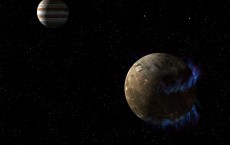
After watching aurorae glowing above Jupiter's moon, Ganymede, scientists believe that the world may possess an underground ocean.
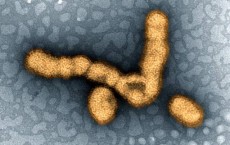
Scientists are taking a closer look at a flu strain from India and have discovered that it may have acquired mutations that make it more dangerous than previously circulating strains of the H1N1 influenza virus.

NASA's Cassini spacecraft has revealed some startling new findings about Saturn's moon, Enceladus. It's shown that the moon exhibits signs of hydrothermal activity, which may be similar to what is seen in the deep oceans on Earth.

Scientists have looked at ants and have found a key mechanism by which environmental factors influence the expression of traits that range from height to color to weight.
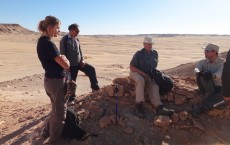
Recently discovered fossils in Libya may tell us a bit more about our own evolution.

Scientists have taken a closer look at the South Asian monsoon and have found that it may have been a major contributor to how mammals look and act today in the region.

It turns out that the Milky Way galaxy is a bit larger than expected. After re-examining the data from the Sloan Digital Sky Survey, scientists have found that our galaxy is at least 50 percent larger than commonly estimated.

Humans aren't the only species that appreciate jewelry. It turns out that Neanderthals may have also worn these decorations.
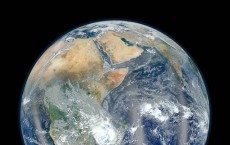
It turns out that the Anthropocene, which is the human-dominated epoch that has helped change our world, began around the year 1610.
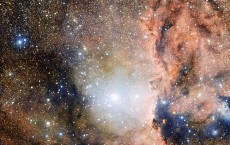
Scientists have captured a spectacular new image of the southern constellation of Ara with the help of the VLT Survey Telescope in Chile.

Scientists have made a liquid metal drop that can actually propel itself through liquid and change shape to fit through any narrow passage.

If you like being alone, then watch out. Excessive "me-time" can be deadly, according to new research by scientists at Brigham Young University.